Introductie en historie Mercedes-Benz W114/W115
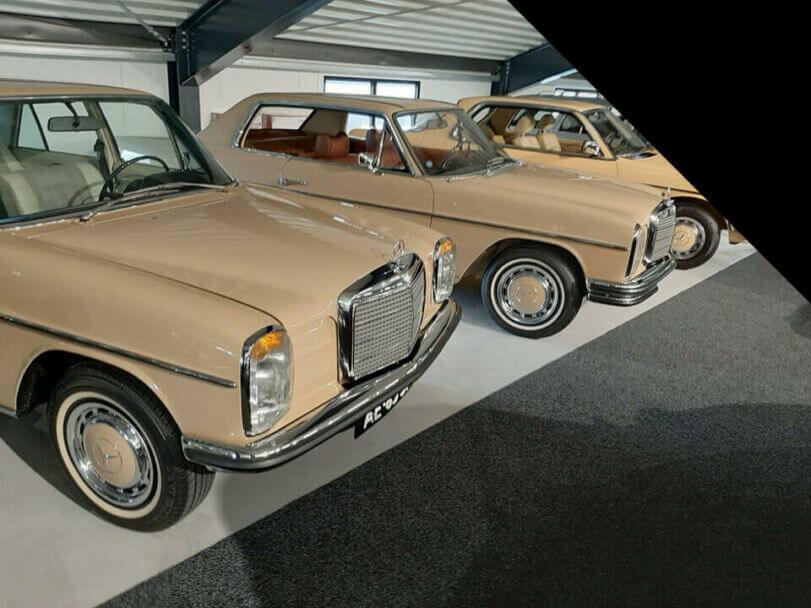
Introduction and History of the Mercedes-Benz W114 / W115 Series (1968–1976)
The Mercedes-Benz W114 and W115 series — often collectively referred to as the “Stroke-8” (“/8” or “Strich Acht” in German) — marked a turning point in the evolution of Mercedes-Benz mid-size sedans. Launched in 1968, these models introduced modern styling, new chassis architecture, and a strong emphasis on safety and reliability. The W114/W115 series would go on to become one of the most successful Mercedes-Benz lines of the postwar era.
W114 vs W115 – What’s the Difference?
W114: Featured 6-cylinder engines (petrol only).
W115: Used 4- and 5-cylinder engines, both petrol and diesel.
Structurally and visually, the cars were identical — the main difference lay under the hood. Mercedes used these internal designations to separate the engine ranges within the same body platform.
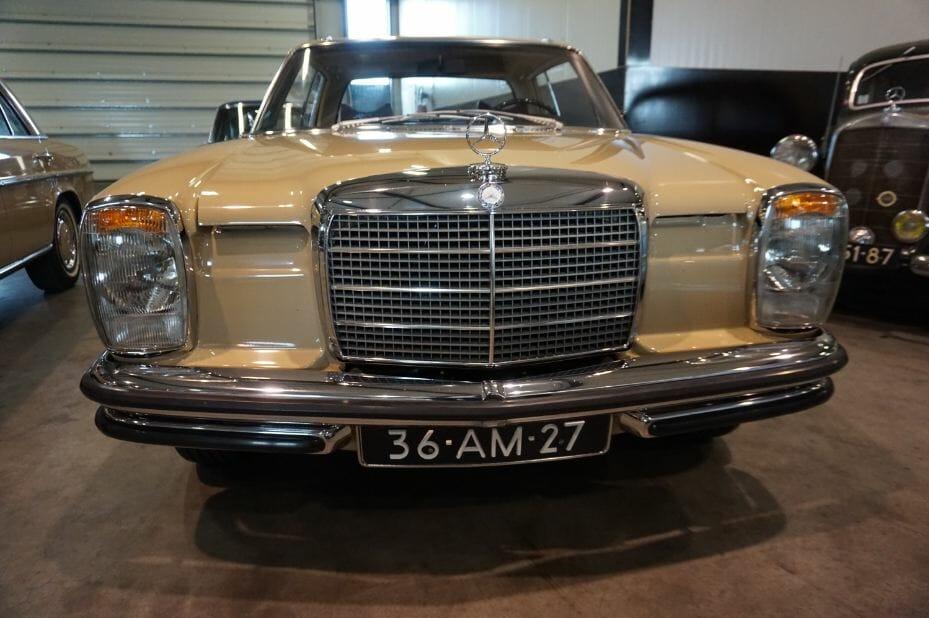
Timeline & Development
Introduced: January 1968
Designer: Paul Bracq, known for clean, elegant lines and balanced proportions
First Mercedes-Benz with a completely new suspension design since the 1950s
Production Ended: 1976 (replaced by the W123 series)
This was the first Mercedes-Benz production car with a separate, dedicated platform for mid-size models — no longer derived from the full-size sedans.
Chassis and Engineering Highlights
All-new chassis with semi-trailing arm independent rear suspension (for improved handling)
Strong unibody construction with improved crash safety
Better interior ergonomics and passive safety elements like padded dashboards
Available with both manual and automatic transmissions
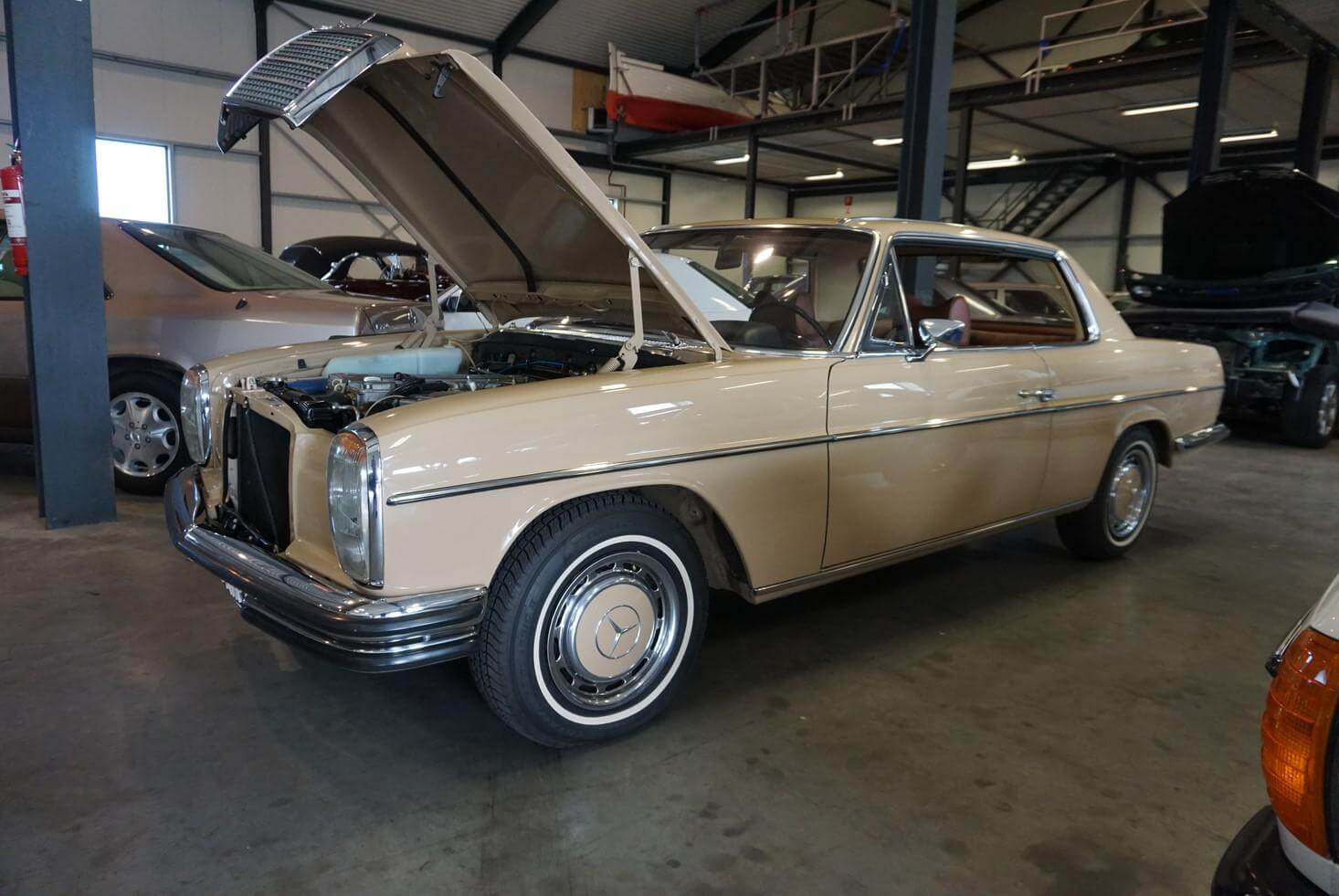
Engines and Model Range
🚗 W114 (6-cylinder gasoline):
| Model | Engine | Power |
|---|---|---|
| 230 (late) | 2.3L I6 | ~105–120 hp |
| 250 | 2.5L I6 | ~130 hp |
| 250 C / CE | 2.5L I6 | ~130–150 hp |
| 280 / 280 E | 2.8L I6 (M110) | ~160–185 hp |
The 280 E (introduced in 1972) featured Bosch D-Jetronic electronic fuel injection.
🚗 W115 (4- and 5-cylinder):
| Model | Engine | Power |
|---|---|---|
| 200 | 2.0L petrol I4 | ~95 hp |
| 220 | 2.2L petrol I4 | ~105 hp |
| 200 D | 2.0L diesel I4 | ~55 hp |
| 220 D | 2.2L diesel I4 | ~60 hp |
| 240 D | 2.4L diesel I4 | ~65 hp |
| 300 D | 3.0L diesel I5 | ~80 hp (introduced in 1974) |
The 300 D was the world’s first production 5-cylinder diesel engine.
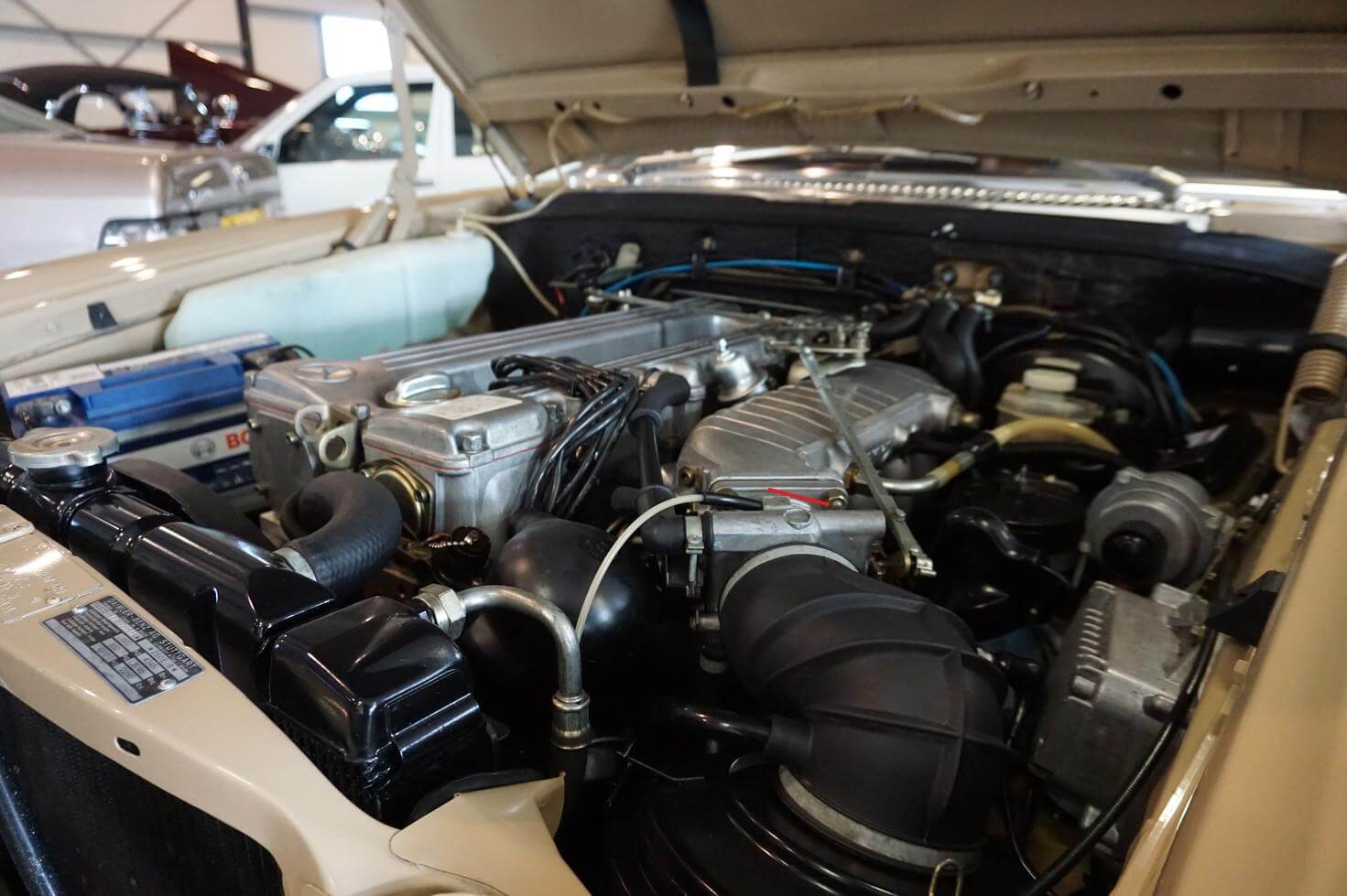
Body Styles
4-door sedan (main version)
2-door coupé (W114 only – 250 C, 280 C/CE)
Long-wheelbase (LWB) sedans for taxi and limousine use
Some rare ambulance and station wagon conversions by coachbuilders (e.g., Binz, Miesen)
Global Popularity & Use
Hugely popular in Europe, Africa, the Middle East, and South America
Became legendary for taxis and government service due to unmatched reliability
Especially in diesel variants, the cars became synonymous with longevity and low maintenance
Known for high-mileage durability — many examples still run today with over 1,000,000 km
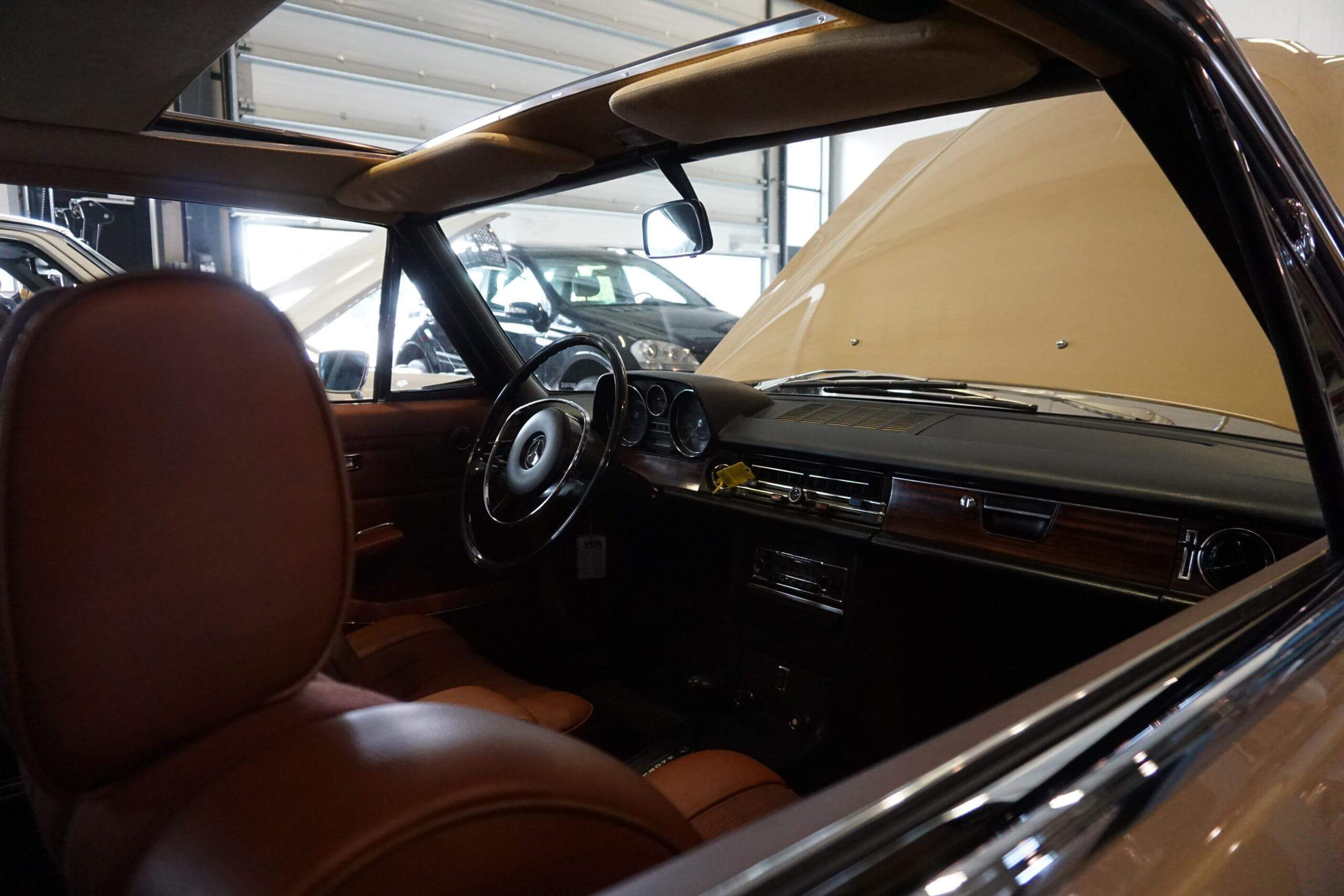
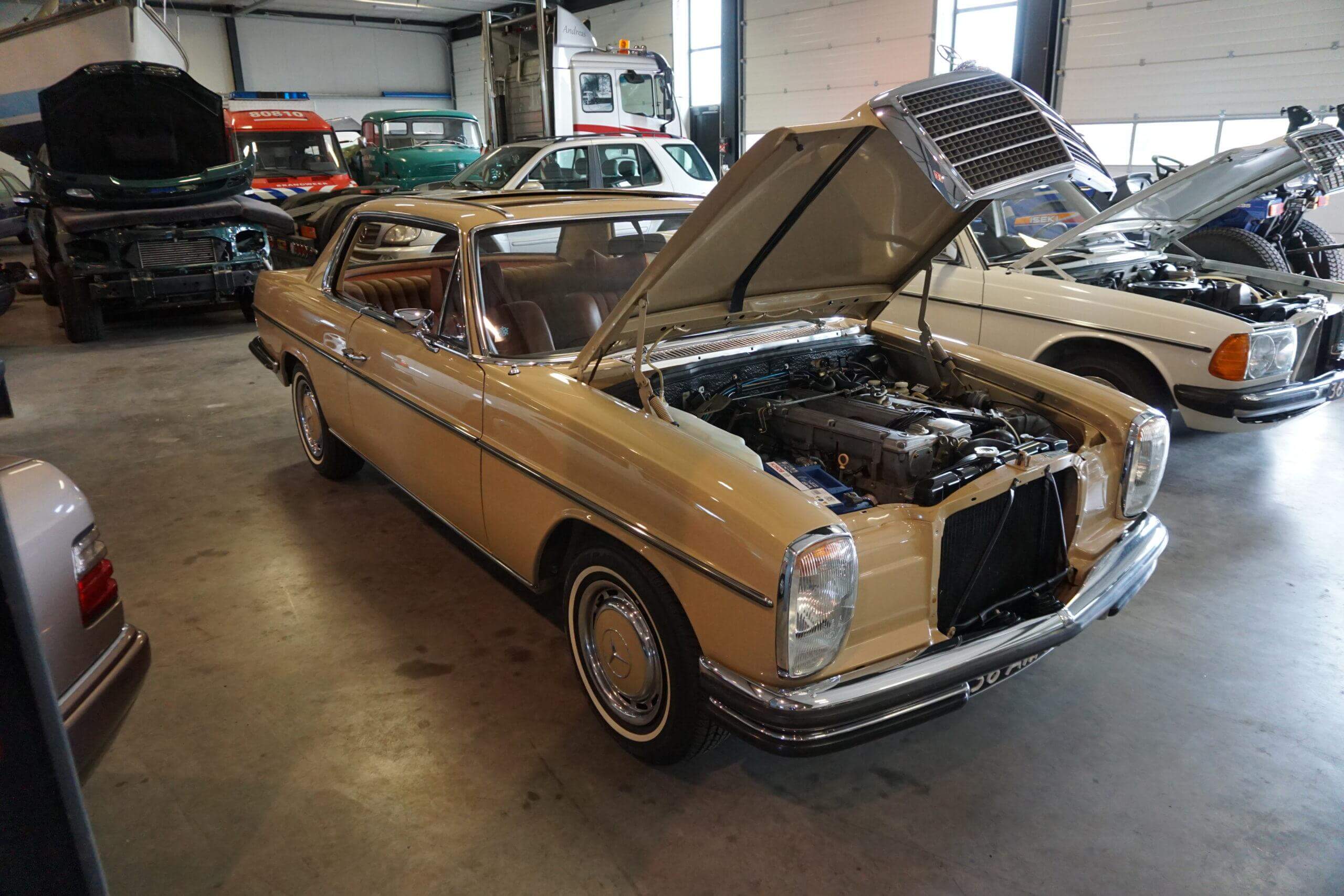
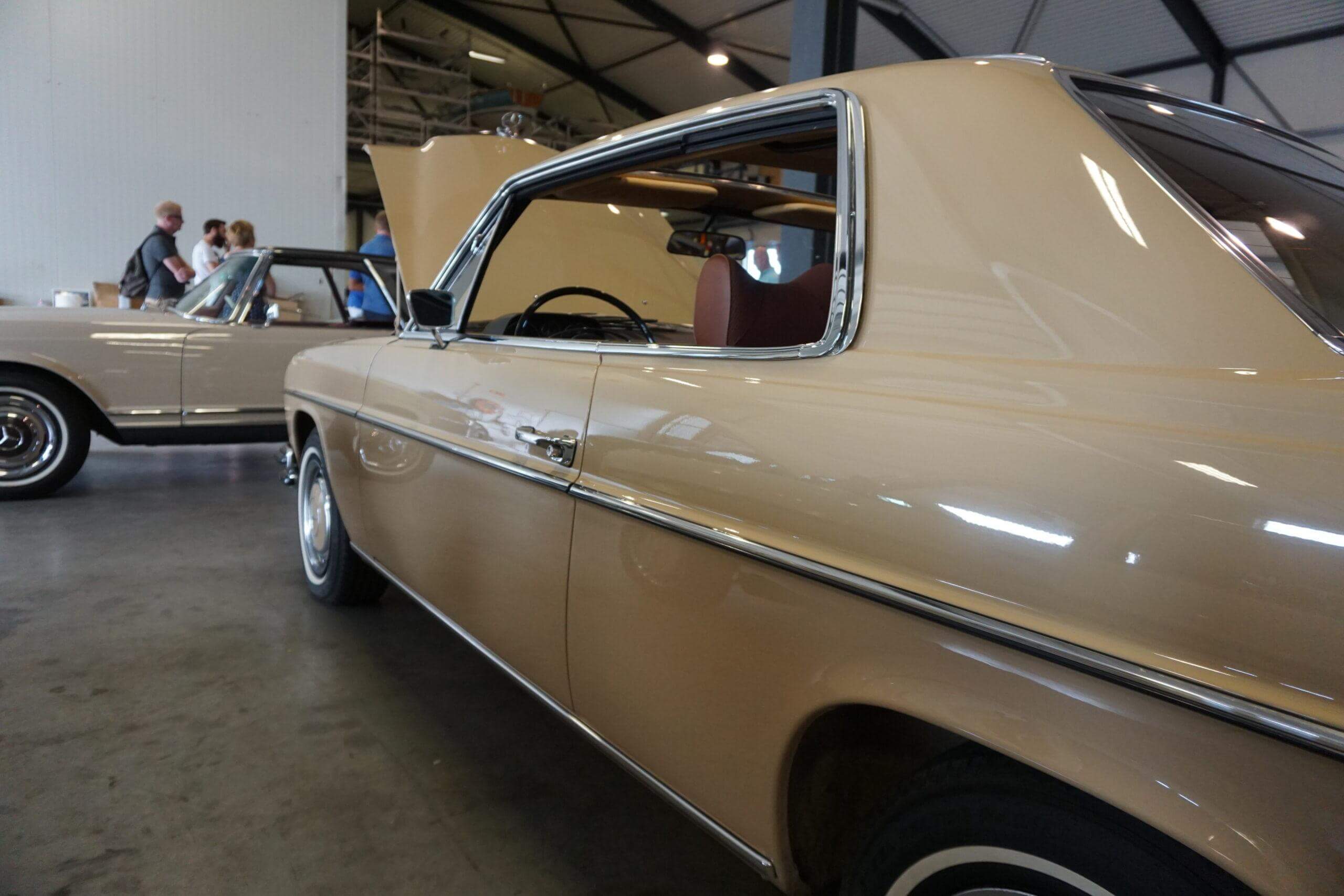
Production & Legacy
| Production Years | 1968–1976 |
|---|---|
| Total Produced | 1,919,056 units |
Breakdown:
W114: ~567,143 units
W115: ~1,351,913 units
Legacy of the W114 / W115 (“Strich Acht”)
Set the tone for Mercedes’ mid-size luxury class
First truly modern Mercedes sedan in terms of engineering and safety
Known for its bulletproof reliability, particularly in diesel variants
The 280 CE coupé is now sought after by collectors for its style and refinement
Extremely popular in classic car circles today for its understated elegance and solid construction
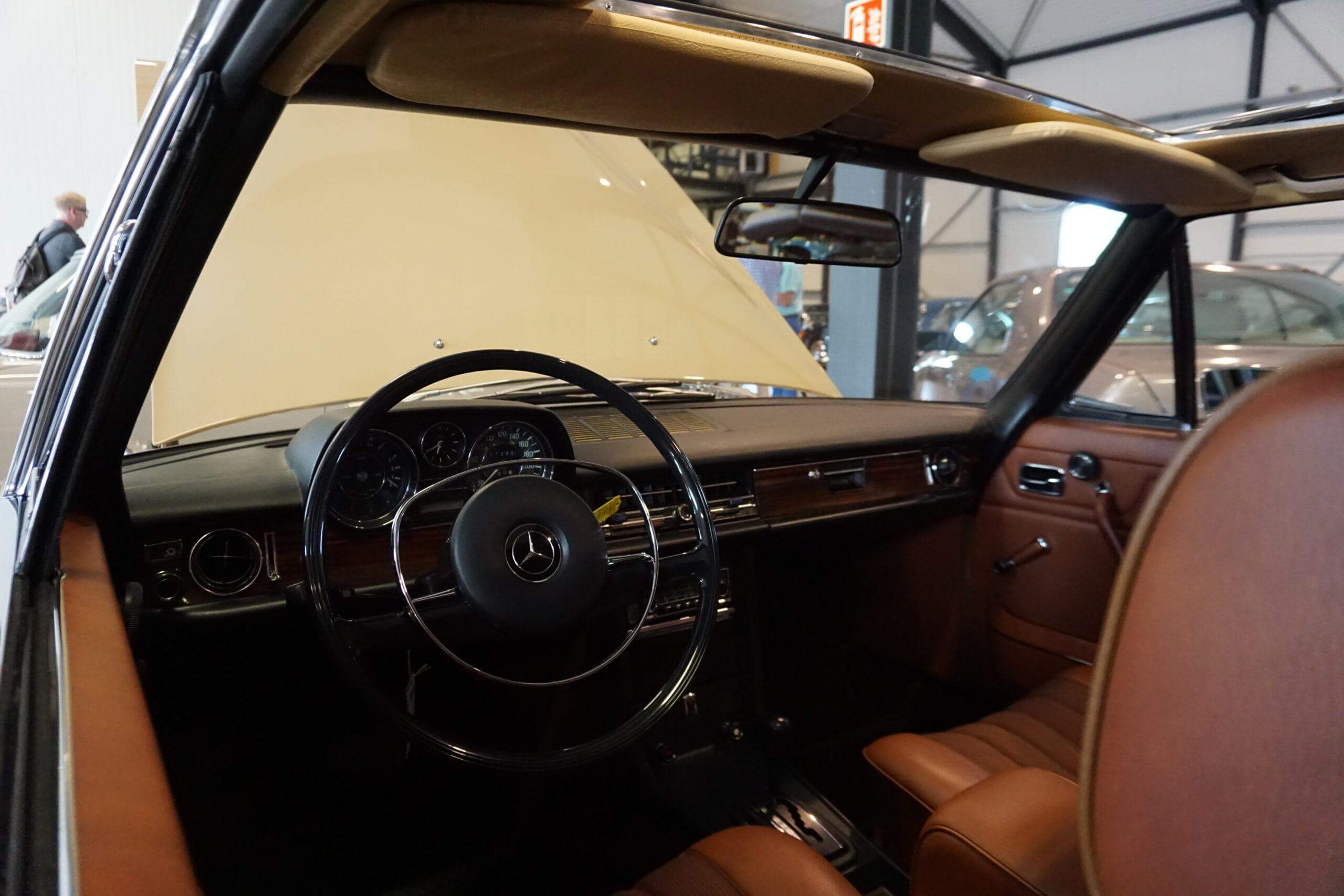

Notable Facts:
The W114/W115 was the first Mercedes-Benz to exceed 1 million units in production.
Its legendary OM615/616/617 diesel engines laid the groundwork for Mercedes’ dominance in diesel vehicles.
It earned the nickname “Millionen-Benz” for both its production volume and its longevity.